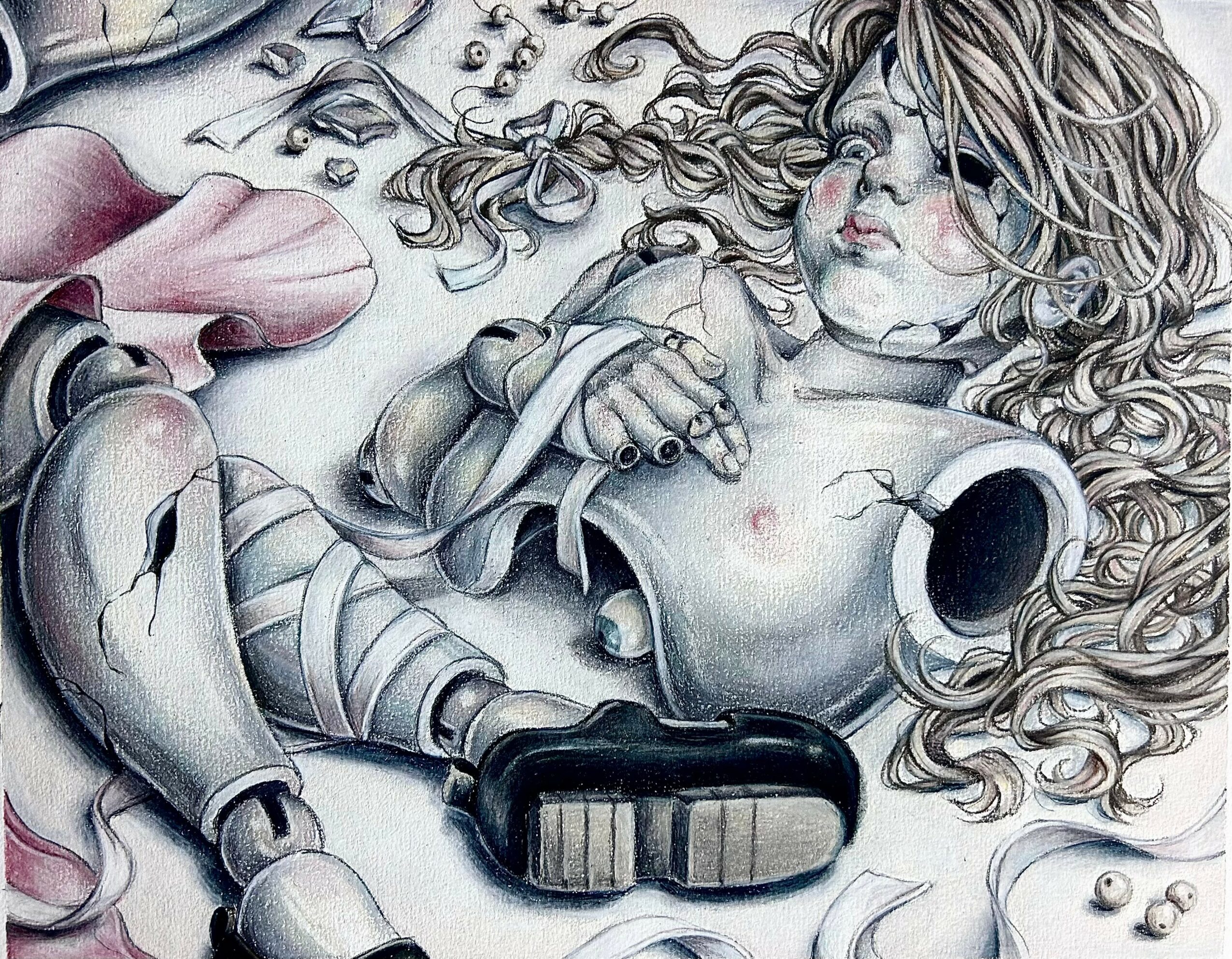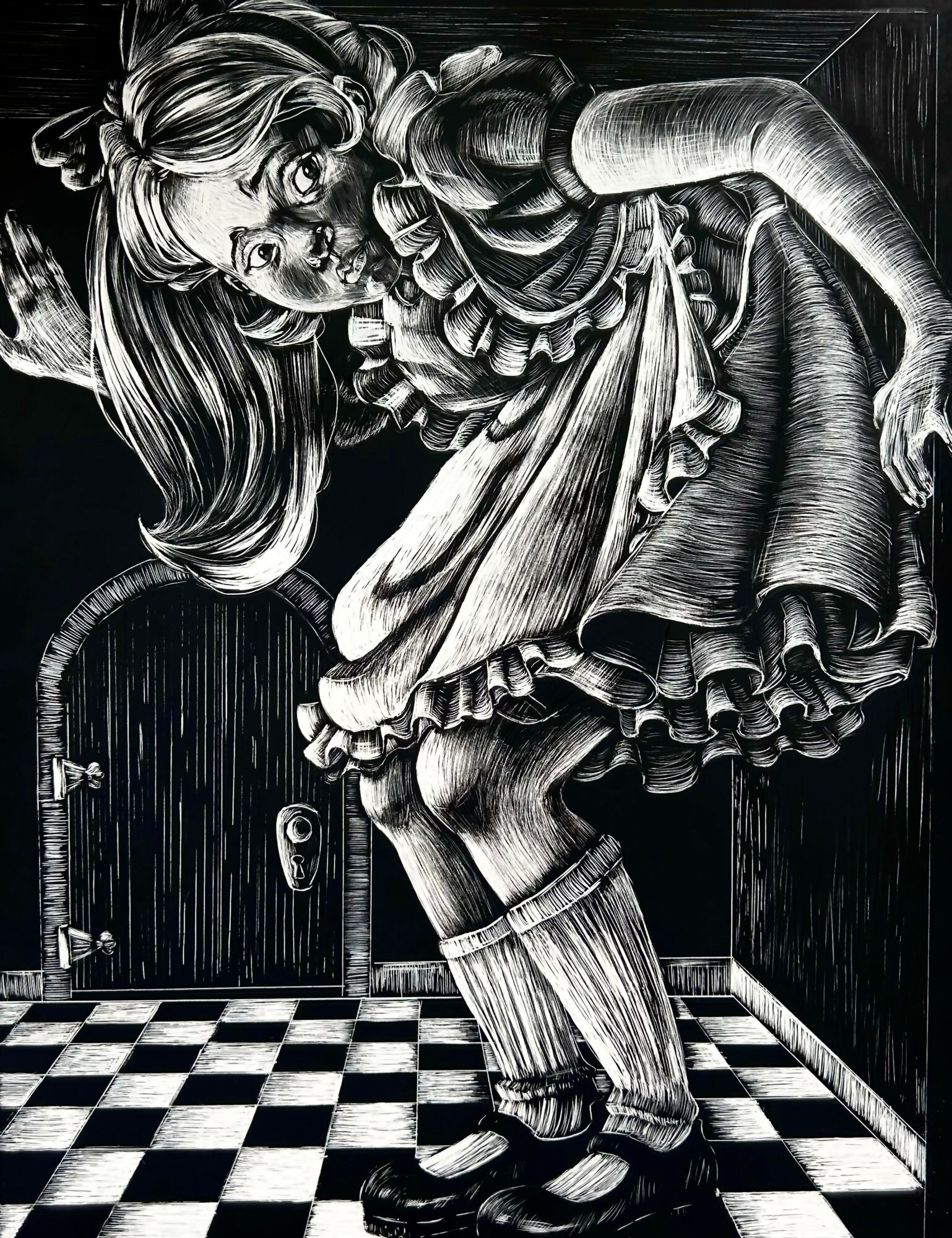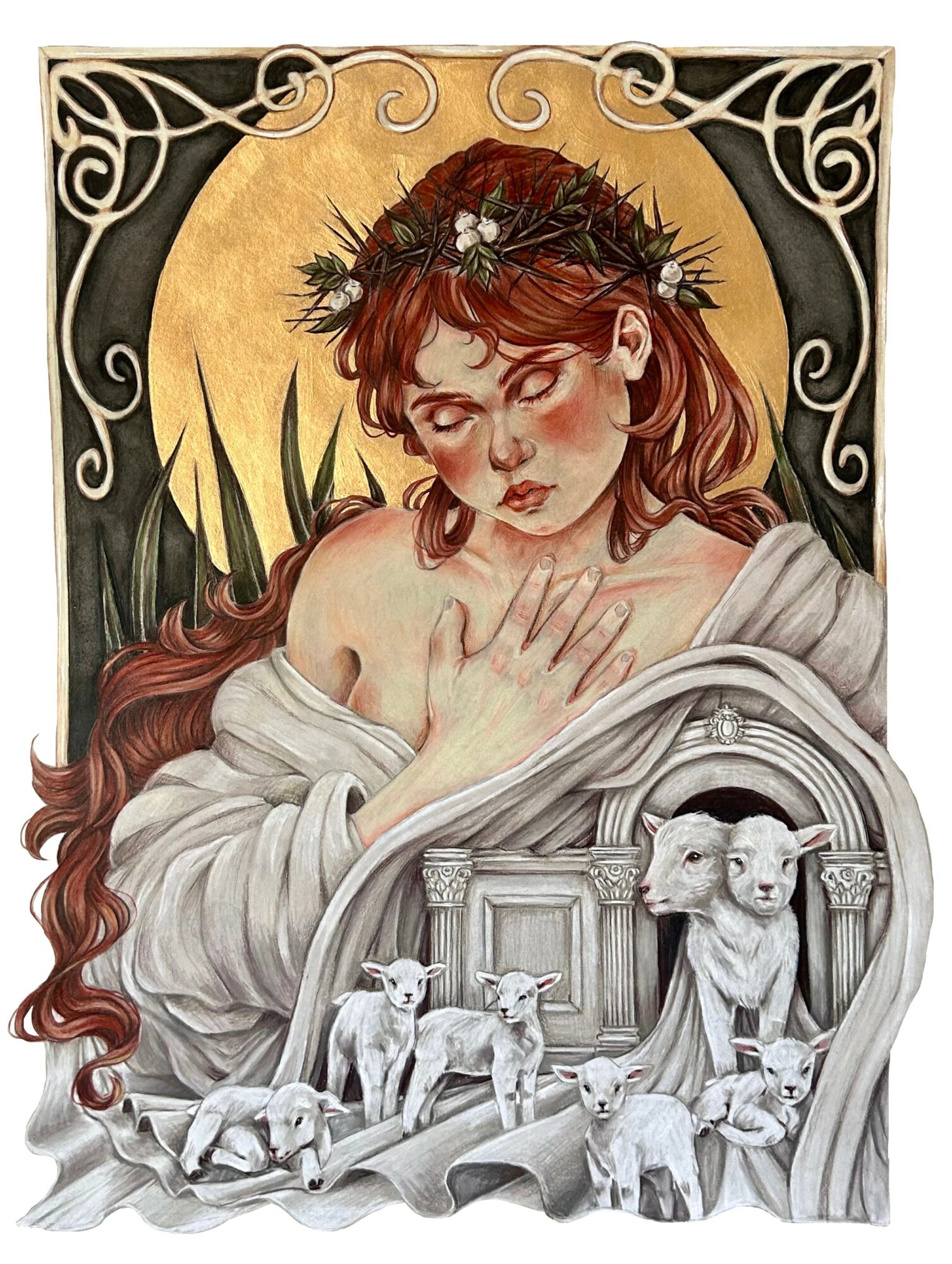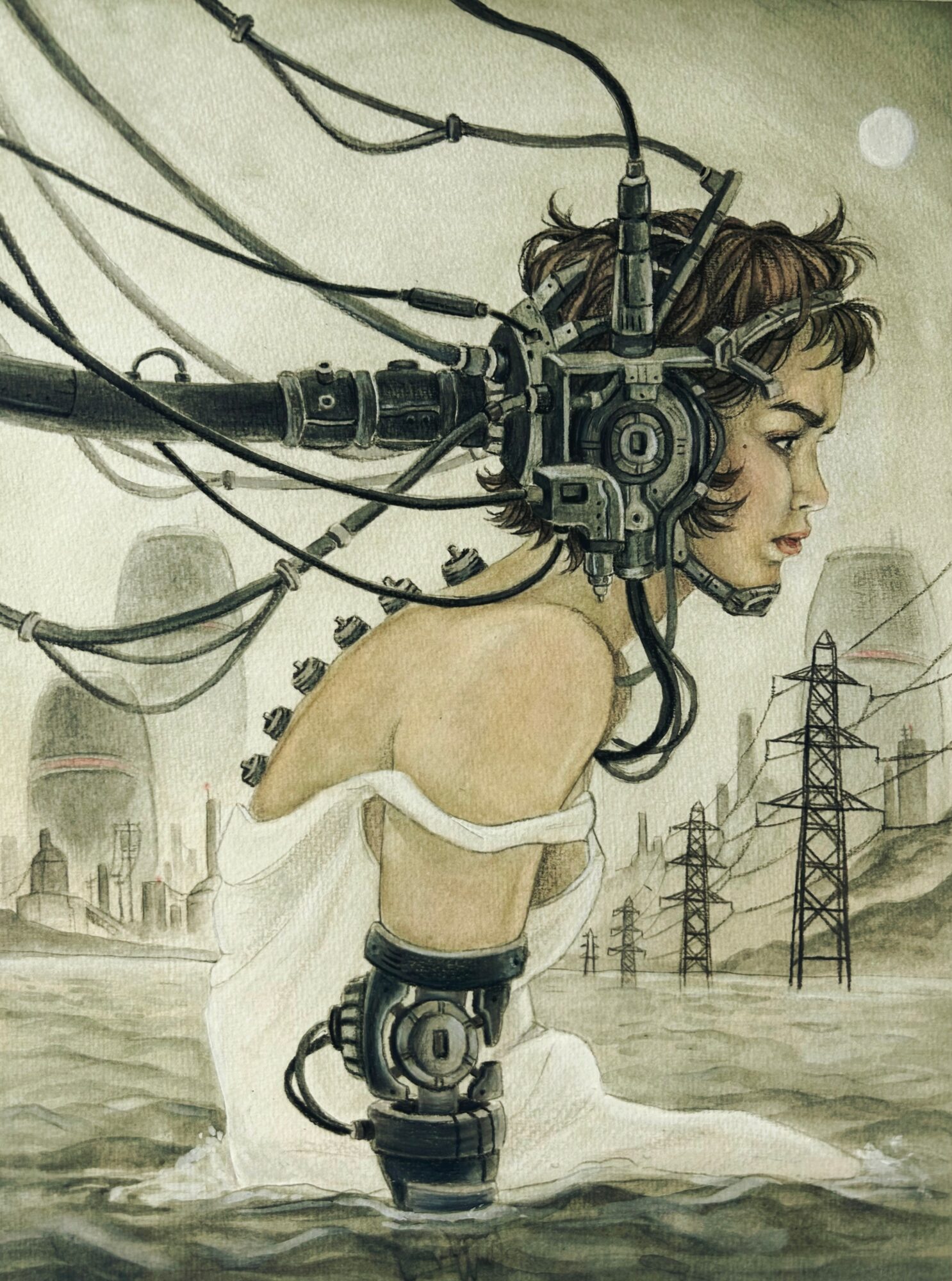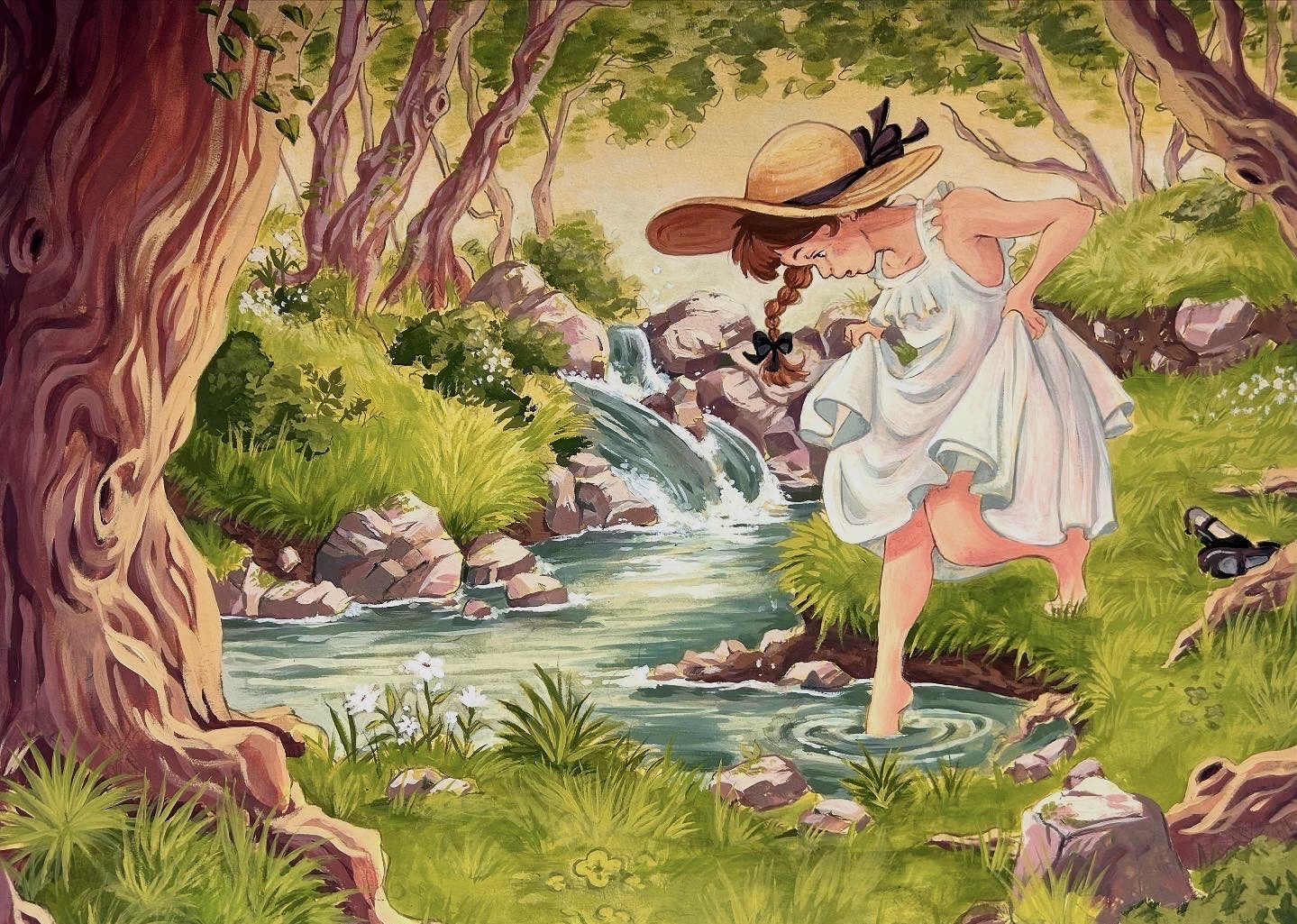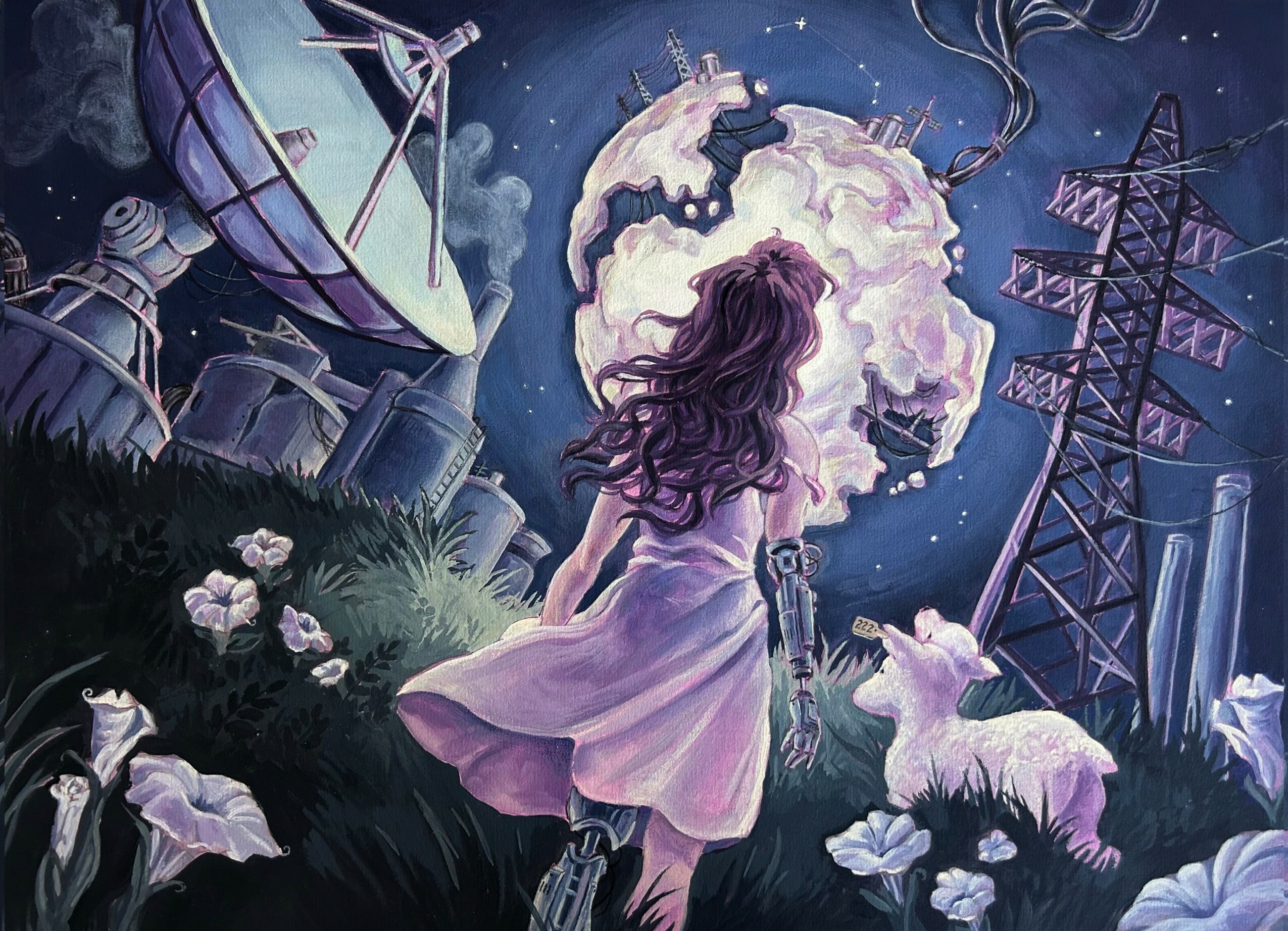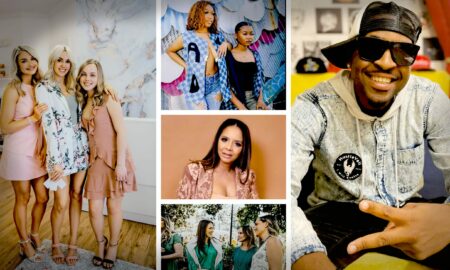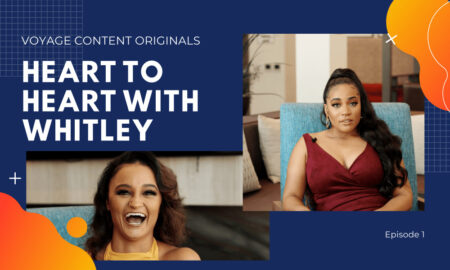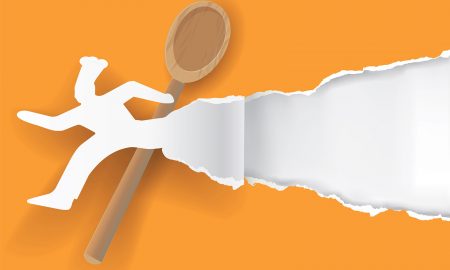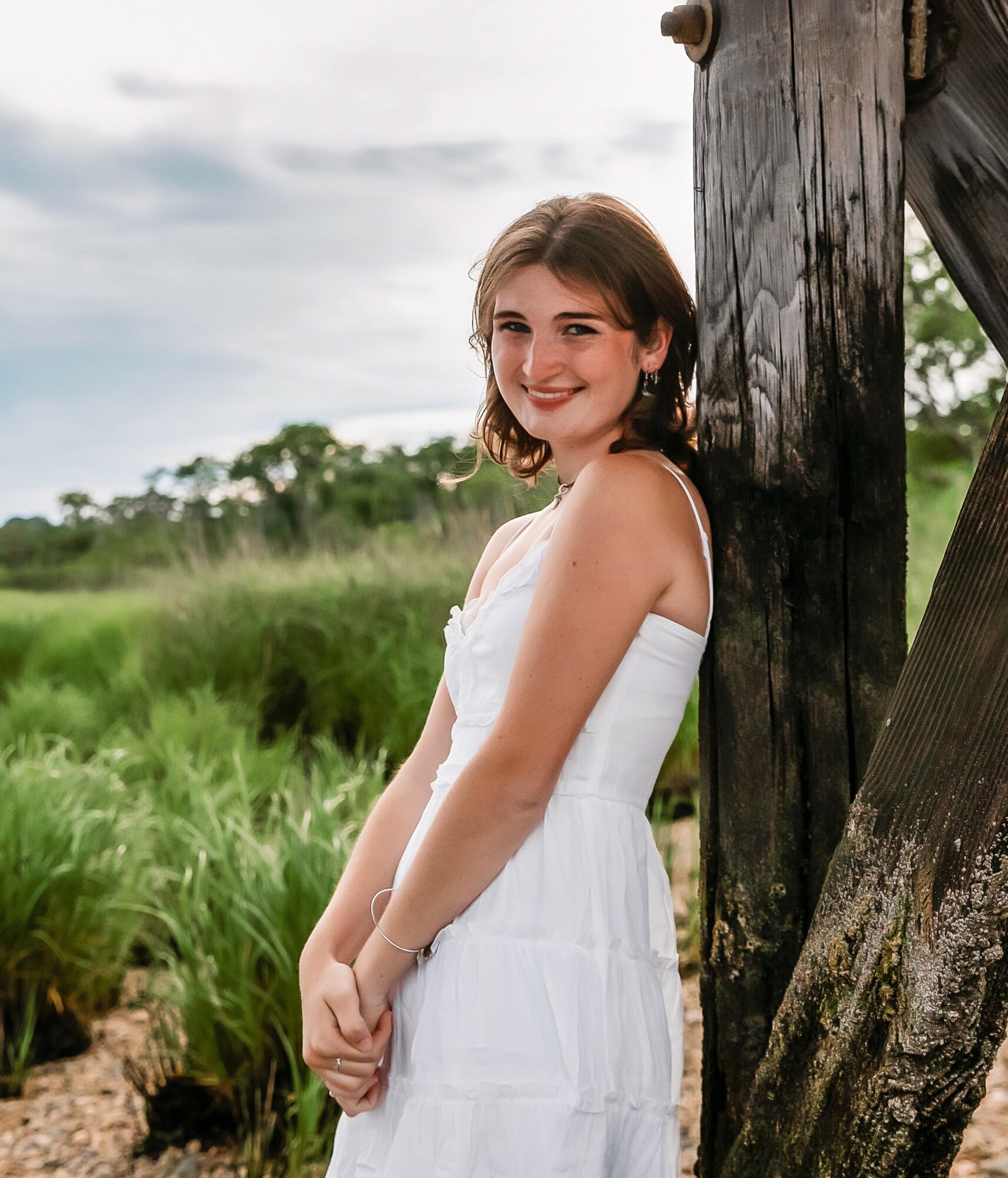

Today we’d like to introduce you to Julie.
Julie, we appreciate you taking the time to share your story with us today. Where does your story begin?
I have always harbored a strong interest in visual storytelling. I remember late nights of my childhood at my grandparents’ house, enthralled by the fantastical imagery of Disney’s Alice in Wonderland. From the dreamlike color palette to the alluring strangeness of the character designs– I was obsessed with it all. From the moment I could get my hands on art supplies, I began creating my own characters, my own worlds, mimicking the artistry of the books I read and the movies I watched. It was this passion that brought me to where I am today, pursuing illustration and visual development at The Savannah College of Art and Design.
Can you talk to us a bit about the challenges and lessons you’ve learned along the way. Looking back would you say it’s been easy or smooth in retrospect?
With a passion so unique and undefined as artmaking, the road is rarely ever smooth. One of the biggest challenges I have faced was the question of why I was creating, often mulled over in my first years of high school– a time when everything feels uncertain. But, upon taking IB Visual Arts, my purpose for creating became clear. In the class, I was instructed to make a cohesive body of meaningful artwork, conceptual in both its intention and execution. This creative process was new to me, because, until then, my art was made purely for leisure and without deeper significance. I was intimidated, to say the least.
But, to my surprise, justifying my creative decisions with thorough research and reasoning wasn’t as difficult as I initially thought. I began to reframe my perspective on artmaking as a whole, finding artistic inspiration all around me– from the music I listened to, to the view from my apartment window. Although the process of creating was still enjoyable (perhaps even more so), I felt that I had gained a new sense of purpose. Now, I have learned to view art as a language rather than a pastime and continue to discover new ways to articulate concepts such as through symbolism, color choice, and even in the materials I use.
Thanks – so what else should our readers know about your work and what you’re currently focused on?
My work is deeply rooted in storytelling and visual literacy. As an illustrator, I focus on using symbolism, color, shape, and movement to translate ideas into compelling designs. Currently, I am putting these skills to use as a design lead in a SCADpro course— an internship-like class where students work together to enhance a company’s visual presentation and design efficiency.
Among my peers and professors, I am known best for my attention to detail and the way I approach each project with intent, not only considering how something looks, but why it looks that way.
Throughout my artistic journey so far, I am most proud of my versatility and dedication to my creative process. I work with a wide variety of mediums, from gouache to digital programs, and I’m always exploring new ways to bring my ideas to life. Sometimes that could mean curating Spotify playlists to accompany each artwork, writing short stories set in my imagined worlds, or coding text adventure games on Twine. This extra step in my creative process not only sets me apart in the industry, but also helps me to hash out new ideas, allowing my works to inspire one another.
We all have a different way of looking at and defining success. How do you define success?
A piece of art is never complete. There will always be another stroke to add, more contrast to push, more detail. But that doesn’t define its success as an artwork. So long as a piece reflects meaning and purpose, it is successful. I believe the same goes for artists.
I often think back to a class I took during my sophomore year at SCAD, where my peers and I were instructed to create works based on short prompts such as “Moonstruck” or “Setting the Mood,” — all purposefully vague. Each time, the results were widely different, with every student interpreting the words differently based on personal interests or experiences. No matter the colors used, style applied, or level of detail, each piece was successful in its own way. And that is how art is. There is not one right way to do things. No correct way to succeed— not like in other fields like computer science or medicine where exploration is limited to set rules and guidelines.
Artistic success comes from fulfilling an idea or conveying deep meaning that is unique to the artist’s perspective. I believe that when you have found purpose in your work, you have succeeded.
Contact Info:
- Instagram: https://www.instagram.com/juuniipa
- LinkedIn: https://www.linkedin.com/in/julianna-nabet-b9a432324
- Twitter: https://x.com/juuniipa?s=21
